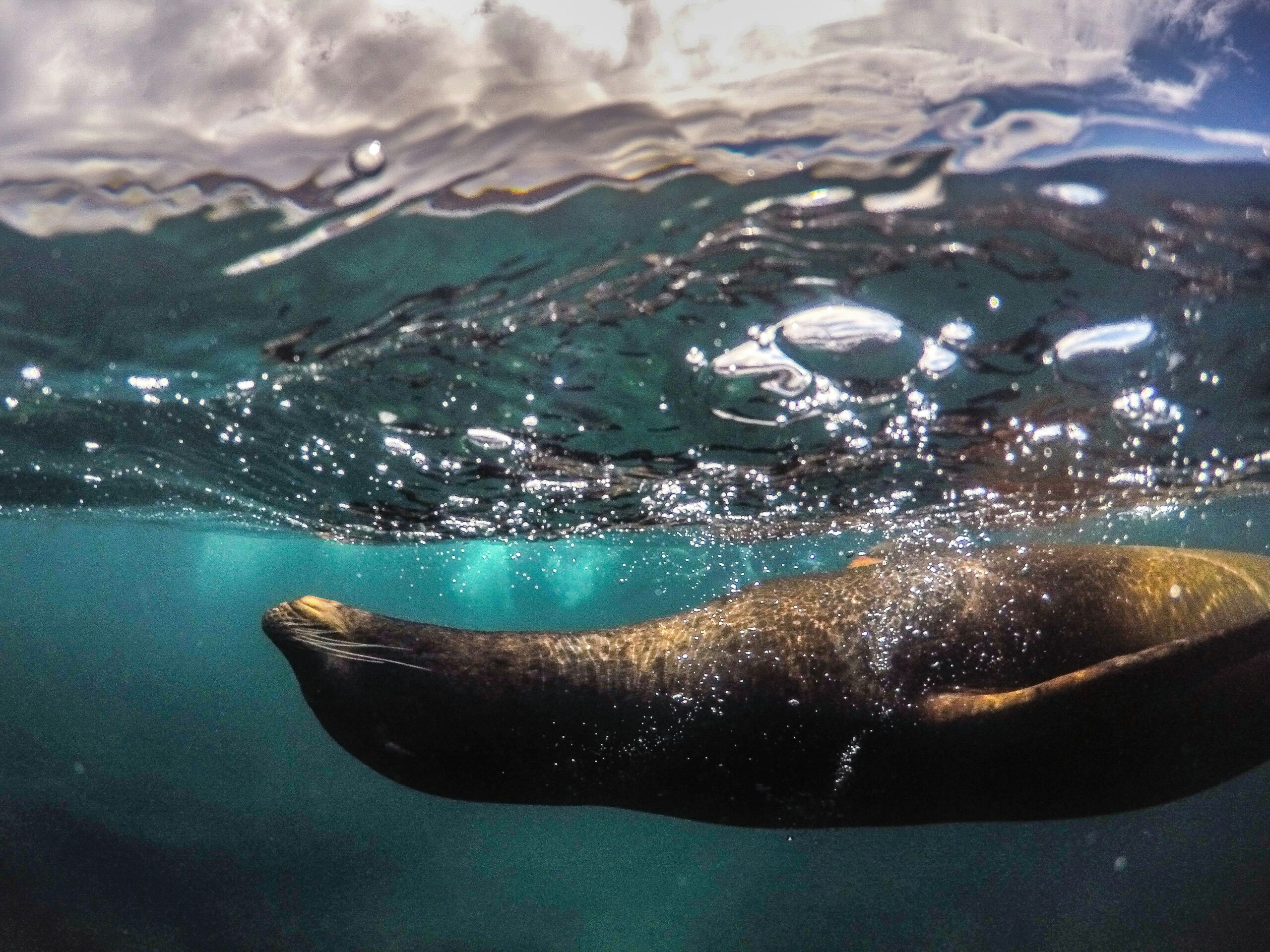Greenpeace has put forth an ambitious proposal: the establishment of the world’s first high seas reserve.
This groundbreaking initiative stems from escalating concerns regarding the environmental well-being of the Galapagos Islands, renowned as one of the globe’s most biodiverse marine regions.
These islands are the home to an array of iconic species including giant turtles, hammerhead sharks, and seals. They have earned the esteemed designation of a UNESCO World Heritage Site precisely thanks to their ecological importance.
Notwithstanding their importance in terms of marine ecosystems’ well-being, the Galapagos face formidable environmental challenges, chiefly stemming from industrial fishing activities.
Both legal and illegal overfishing practices conducted by national and international fleets, have exacted a heavy toll on the marine ecosystems, imperiling habitats such as coral reefs and highly damaging environmental well-being.
In response to these pressing threats, Greenpeace is championing the creation of protected areas in the high seas.
They draw inspiration from the successful model of the Eastern Tropical Pacific Marine Corridor (CMAR), a collaborative intergovernmental action involving Colombia, Costa Rica, Ecuador, and Panama.
Such initiative promotes sustainable practices of marine ecosystem conservation, to preserve biodiversity through regional and governmental strategies with the support of the civil society and non-governmental agencies, like Greenpeace.
By aligning with CMAR’s ongoing initiatives and advocating for the ratification of the UN High Seas Treaty, signed in 2023, Greenpeace wants to safeguard one of the most ecologically regions of the planet.
They launched a petitition to call on governments to rapidly ratify the UN Ocean Treaty to create new ocean reserves.
This audacious proposal endeavors to ensure the enduring preservation of the Galapagos Islands and their surrounding waters, ensuring they remain a beacon of biodiversity for generations to come.
During 2023, the non-governmental organisation also published 30×30: From Global Ocean Treaty to Protection at Sea setting out the political process to deliver protection for the global oceans.

